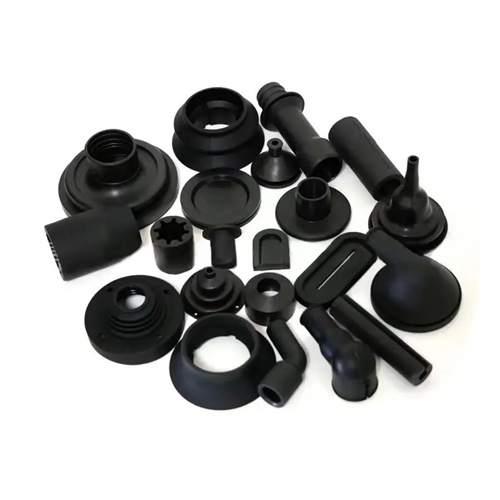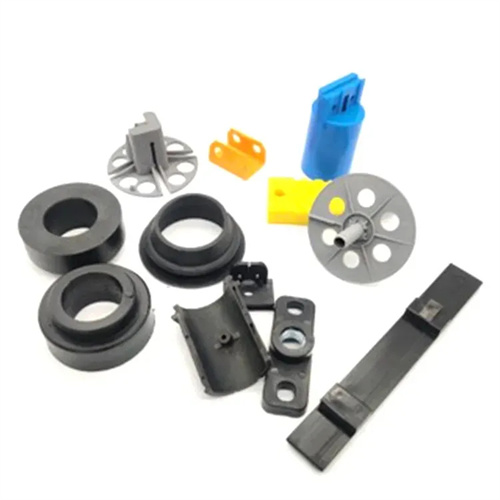Testing of plastic melt flow properties
Plastic melt flow is a key indicator of the plastic’s fluidity in the molten state, directly impacting the feasibility and stability of molding processes like injection molding and extrusion. Its testing is a crucial quality control step before plastic processing. Plastics with poor melt flow (such as highly filled PP) are prone to defects such as underfill and noticeable weld marks during molding. Plastics with excessive flow (such as low-molecular-weight PE) can cause flash and drooling, increasing post-processing costs. Scientific testing can determine the optimal molding process parameters (such as injection pressure and temperature) for a plastic and predict its flow behavior during the molding process. For example, ABS with a melt flow rate (MFR) of 10g/10min is suitable for medium-speed injection (50-80mm/s), while ABS with an MFR of 20g/10min can be injected at high speeds (80-120mm/s).

The melt flow rate (MFR) test is the most commonly used method. It characterizes fluidity by measuring the mass (g/10min) of a plastic melt passing through a standard capillary tube under a certain temperature and pressure within 10 minutes. The unit is g/10min, and a larger value indicates better fluidity. The test must follow standard methods (such as ISO 1133 and ASTM D1238). The core equipment is a melt flow rate meter, which consists of a heated barrel, piston, and capillary die. During the test, plastic pellets are loaded into the barrel and heated to a set temperature (such as 230°C for PP and 300°C for PC). After complete melting, a constant load (such as 2.16kg or 5kg) is applied to force the melt out of a capillary tube (2.095mm diameter and 8mm length). The extrudate within 10 minutes is collected and weighed. For example, testing a certain PP material: under the conditions of 230℃/2.16kg, 8.5g is extruded in 10 minutes, and its MFR is 8.5g/10min, which is medium fluidity and suitable for the production of plastic parts with medium thickness (2-3mm).

Melt viscosity testing uses a rotational rheometer to measure melt viscosity at different shear rates, providing a more comprehensive understanding of flow properties and particularly suitable for analyzing plastics with non-Newtonian fluid characteristics. Plastic melts are mostly pseudoplastic, with viscosity decreasing with increasing shear rate (shear thinning). For example, the viscosity of polystyrene (PS) is 1000 Pa · s at a shear rate of 100 s⁻¹ , dropping to 300 Pa · s at 1000 s⁻¹ . Using a cone-plate or parallel-plate fixture, a rotational rheometer subjects the melt to shear forces at a constant temperature, recording torque and rotational speed to calculate a viscosity – shear rate curve. This method can simulate the shear conditions of various molding processes (such as the high shear rates of 1000-10,000 s⁻¹ in injection molding and the moderate shear rates of 100-1000 s⁻¹ in extrusion ), providing precise data for process parameter optimization. For example, rheological testing of a PC material showed that the viscosity was lowest at a shear rate of 500s⁻¹ . Based on this, the injection speed was set to 80mm/s , shortening the filling time by 20% .

The flow length test simulates the actual molding process, measuring the melt’s flow distance in a standard mold. This intuitively reflects flow properties and is particularly suitable for assessing the molding feasibility of thin-walled, long-flow plastic parts. The test mold uses a spiral or linear flow channel with a rectangular cross-section, such as a 10mm wide, 2mm thick spiral flow channel. Under set process parameters (temperature, pressure, and speed), the melt is injected and the flow length is measured. The longer the flow length, the better the flow. For example, at 230°C and an injection pressure of 100 MPa, a certain ABS material can achieve a flow length of 300 mm, sufficient for filling thin-walled plastic parts up to 250 mm long (1.5 mm thick). This method can also be used to assess a material’s thermal stability. If the flow length decreases significantly after multiple injections, it indicates material degradation at high temperatures, requiring a reduction in the barrel temperature.

Factors affecting the accuracy of melt flow performance testing must be strictly controlled to ensure reliable data. Material pretreatment is crucial. Hygroscopic plastics (such as PA and PC) must be thoroughly dried (PA66 should be dried at 100°C for 4 hours). Otherwise, moisture will vaporize at high temperatures, resulting in an inflated MFR result (air bubbles increase the mass of the extrudate) or abnormal fluctuations in viscosity. The testing environment temperature must be stable (±1°C), and the barrel temperature deviation should be ≤±0.5°C. Otherwise, melt viscosity can be significantly affected (for example, a 10°C temperature fluctuation in PP can result in a 20% deviation in MFR). Equipment calibration is required regularly. For example, the melt flow rate meter’s weight mass deviation must be ≤0.1%, and the capillary tube dimensional accuracy must be ≤±0.001mm. Rotational rheometers should be calibrated for torque and speed using standard silicone oil. Operators must adhere to standardized procedures, such as preventing the introduction of air during loading and cleaning the barrel before testing to prevent residual material contamination, to ensure consistent test conditions for each test. For example, a laboratory failed to calibrate the weights (the actual mass was 5% lower than the standard value), resulting in an MFR test result that was 10% lower, misleading the process parameter settings. After calibration, the data became accurate again.
